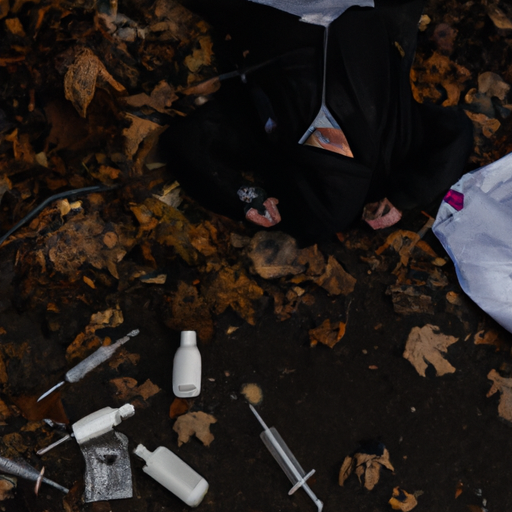Addressing the Opioid Crisis in Canada: A Selected Case Study in Quebec
As the ongoing opioid crisis in Canada continues to claim lives, different sectors of society are clashing over the best course of action. This crisis, spurred by an increase in opioid prescriptions and misuse, has prompted a call for measures like opioid class action initiatives and overdose prevention sites intended for harm reduction. Today, we delve into the multifaceted debate sparked off in Quebec by a proposed supervised drug site.
Understanding the Quebec Scenario
In October 2023, a coalition of local businesses, citizen groups, and political figures in Montreal voiced resistance to the proposed opening of a supervised drug site, a move they felt could exacerbate problems related to crime, public safety, and cleanliness in the area.
The Argument Against Supervised Drug Sites
Detractors argue that while these sites may provide a safer environment for drug users, they also inadvertently encourage drug use and crime in the surrounding neighborhoods. The coalition proposed to address the opioid crisis differently, calling for more intensive police presence, stricter regulations on illicit drug sales, and increased resources dedicated to recovery and addiction treatment services.
The Argument For Supervised Drug Sites
On the other side of the debate, proponents of supervised drug sites highlight their potential to reduce the harm associated with the opioid crisis. By providing controlled environments in which individuals can use drugs under medical supervision and access to resources like naloxone, these sites could decrease the number of overdose-related deaths and the spread of infections from shared needles.
Efforts in Combating the Opioid Crisis
Over the last decade, Canada has taken a multipronged approach to combat the opioid crisis. Steps taken include:
- Introduction of the Canadian Opioid Abatement Class Action: This legal measure seeks to hold pharmaceutical companies accountable for their role in the national opioid crisis. Funds recovered would supposedly go towards providing treatment and recovery services for affected communities.
- Promotion of Naloxone: Areas affected by the crisis have seen an increase in the availability of naloxone kits. This medication can quickly reverse the effects of an opioid overdose and has proven critical in saving lives.
- Involvement of the Health Community: From medical professionals to public health organizations, efforts to educate on safe prescribing practices, early detection of opioid use disorder, and referral to appropriate treatment have been essential.
The Impact on Vulnerable Communities
Opioid addiction heavily affects vulnerable populations like the homeless. In Quebec, the homelessness problem threatens to intersect with the opioid crisis—creating a complex web of societal challenges. There is a dire need to address homelessness as we fight the escalating opioid crisis; providing temporary solutions such as supervised drug sites may help to lower the mortality rates amongst this population.
Looking Ahead
While the opioid crisis provokes intense debate, the need for a holistic approach remains clear. Ultimately, the challenge is to mitigate the devastating effects of the opioid crisis whilst ensuring the safety and well-being of all Canadians.
Closing Remarks
The opioid crisis conversation requires space for differing viewpoints, but it’s essential that this dialogue is backed by evidence and focused on harm reduction. The multifaceted response must range from legal action like the Canadian Opioid Abatement Class Action to interventions like the provision of Naloxone, along with education and policy changes. Above all, addressing both the opioid crisis and the issues closely linked to it—such as homelessness—can pave the way for a healthier, more resilient Canada.
